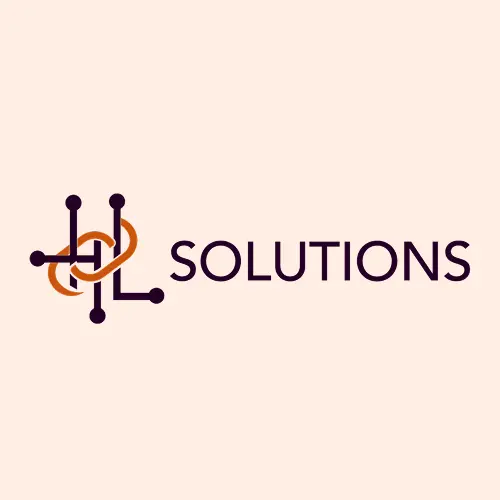If you’ve felt the growing pressure to do more with less, innovate faster, and keep up with the rapid pace of technological change, you’re not alone. Many businesses today are at a crossroads—stuck with outdated, on-premises systems that can’t keep up with the demands of a modern, data-driven world.
The need for flexibility, speed, and scalability has never been more critical. That’s where the cloud comes in. It’s no longer a futuristic idea—it’s here, and it’s transforming how businesses operate, innovate, and stay ahead.
If you’ve landed here, chances are you’re ready to explore how moving to the cloud can give your business the competitive edge it needs to thrive in an increasingly digital and AI-powered marketplace.
The Pain Points of On-Premise Systems
For many organizations, maintaining on-premises infrastructure often means dealing with recurring challenges:
- High Operational Costs: Managing physical servers demands significant capital investment, maintenance, and energy expenses.
- Limited Scalability: As data grows, scaling on-premises systems involves costly hardware upgrades and downtime.
- Lack of Agility: Collaboration and real-time updates are hindered when teams are tied to physical data centers.
- Security Risks: Outdated infrastructure often lacks the advanced security measures required to combat modern threats.
- Inefficient Backups: Traditional backup processes can be time-intensive and vulnerable to data loss.
These challenges not only limit innovation but also create bottlenecks in leveraging AI-driven opportunities.
Risks and Challenges of Cloud Migration
While the cloud offers a compelling solution, the migration process itself presents its own risks:
- Downtime: Temporary outages during migration can disrupt operations and impact customer satisfaction.
- Data Vulnerability: Data is most exposed during transfer, making encryption and security controls critical.
- Complex Dependencies: Applications often have intricate interdependencies that require careful assessment.
- Compliance Concerns: Ensuring data privacy and regulatory compliance during migration is non-negotiable.
With proper planning and expert guidance, these challenges can be mitigated, paving the way for a successful transition.

HL Solutions is a trusted provider of innovative staffing, recruitment, and workforce solutions, helping businesses connect with top talent and professionals achieve their career goals.







